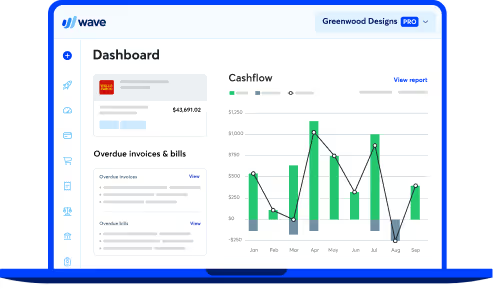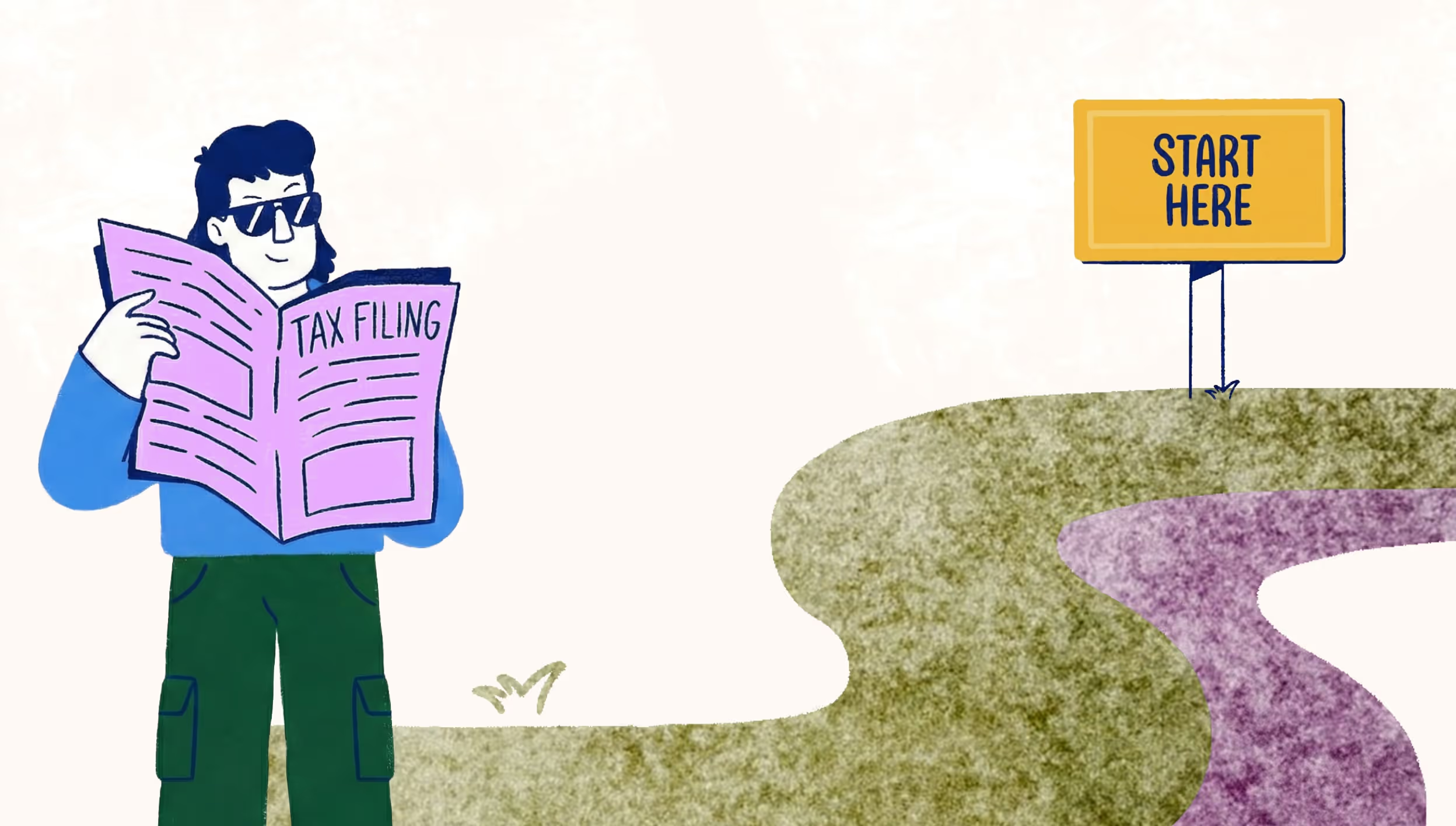
How to name your business
This article is part of our How to start a business playbook, which covers topics like finding the right business idea, writing a business plan and finding small business loans.
The name you choose for your small business can have a big impact on its success. A good name can really grab people’s attention and pique their interest. A bad name could have a negative impact on your business if, for instance, it’s too similar to another company’s name that’s doing bad business, or it could simply conjure a negative association in the minds of some of your potential customers.
Problem is, while there are various strategies, methodologies and approaches you can take to naming your business, it’s not an exact science. Some very successful businesses have quite ill-advised names, while others with great names flounder (of course, there could be many reasons beyond a business’s name for its success or failure). But let’s look at some of the things you should consider when choosing a name for your business.
Should you hire expert help?
Professional namers are a thing. There are firms that specialize in naming businesses, brands and products. They often employ specialized tools and techniques for coming up with effective names. They can also help you when it comes to trademark issues, etc.
The downside is, they don’t come cheap. A naming firm could charge as much as $80,000 for coming up with your name, and the entire process can sometimes take as long as six months. But this may sometimes include extra services like logo development and graphic design work. There are firms that offer much cheaper services, but either way it’ll cost you some money.
Once you’ve shortlisted a number of potential names, you may also want to consider hiring a trademark attorney to do a search so you don’t end up using someones else’s business name. Again, it’s an outlay of money, but if the alternative is getting sued for trademark infringement, it could be money well spent.
Choose a name that is meaningful and communicates the benefits your business offers
Think about what you want the name to communicate. In general, the name should convey what your business is about and emphasize the key aspects of what you offer. If it does a good job of communicating that, you won’t have to waste time and energy explaining it.
In addition, try to choose a name or phrase that sounds familiar or comforting. People often respond to something emotionally before their intellect enters the picture. Select a name that evokes nice feelings and memories.
Make it unique
It would be a shame to pick a name for your business, only to find out that there’s a competitor across town that has a similar name. You don’t want customers confusing your business with another one. You want a name that stands out from the noise and tells the world what you—and only you—have to offer.
One way to test that out is to use the keyword search feature on Google AdWords. Enter the names you’re considering, and it’ll provide you with a list of similar phrases that are being searched for, and how many searches they’re getting. That way you can possibly avoid choosing a name if there are similar names out there that are getting lots of search traffic, potentially overshadowing your business name’s search-ability.

Make it brief and easy to remember
The name shouldn’t be too long or complex or potentially confusing. As we said above, it should communicate what you’re offering customers, but it should do so efficiently. Look at some of the most popular companies around today: Apple, Microsoft, Uber, Airbnb.
Make sure it sounds good when spoken aloud
Test it by saying it out loud. Make sure it’s easy to say and your tongue doesn’t trip over it. Lee’s Leasing? Hmm, maybe try something else. You may also want people to be able to talk about your business easily on radio or television or podcasts. Perhaps even say it aloud in the context of common sentences. “Sales skyrocketed today for ______.” Sounds good!
Get specific
Don’t choose a name that’s too generic. Like a good story, a good name for a business is made more powerful when it uses details (and isn’t the name of your brand also part of your brand story?).
Incorporating specifics into your name can really tell your customers what you’re all about and what they should expect when they come to you. A brand is a promise; so too is your brand name. Consider 1-Hour Photo. That’s more specific than Fast Photo, which is actually quite vague. How “fast” is Fast? An hour? A minute? A day? With 1-Hour Photo, your customers know what they can expect.
Can you be too specific?
While it’s good to be specific when it comes to the benefit you have to offer, it may be unwise to get too specific with other elements. Main Street Video is a fine name if your store in on Main Street. But what if the rent goes up 200% and you have to move to 3rd Street. That creates the potential to confuse your customers, even when it comes to simply trying to find you. And you don’t want to have to change your business name every time you move locations.
It’s also worth considering whether being specific with your offering will cause problems if your business diversifies its offerings in the future. So, if Quality Meats starts to offer fruits and vegetables as well, a customer looking for apples and carrots might avoid your business, thinking you’re only a butcher shop.
Use existing words or coin a new word?
Coming up with a name is not easy. So many of the good ones have already been taken. And many of the words or phrases you might like to use will have already been used by someone else and possibly trademarked. That’s why it may be a good idea to try to create a brand new word for your business’s name.
So if you design and install toilets for passenger jets: AviClean? SkyLav? Okay, those are horrible, but you get the idea.
On the other hand, some naming experts feel that using real words is much preferable to making up new ones, as people tend to find real words more relatable and easier to understand.
But at the very least, avoid using strings of numbers or initials. IBM got away with it, but they’re the exception. A proper word or phrase will be much more memorable to your potential customers. Plus, you shouldn’t make people work for it. With initials, they’ll need to know—and possibly remember—what they stand for.
Choose a name that appeals to the kind of customers you want
Once again, the #1 rule of any kind of communication comes into play: know your audience. If your potential customers are retirees or young urban hipsters, you’ll want to choose a name that will appeal to that group. For instance, names like Flickr, Twitter and Airbnb are more suited to a younger, more tech-savvy type of person who’s comfortable with a certain amount of whimsy and irreverence. Those kinds of names might not fly with an older demographic.
Do a survey
How do you know if a name is appealing? Ask people!
Whether you’ve hired a naming firm or done the work yourself, when you’ve come up with some final candidates for your name, it’s a good idea to get some feedback. You can maybe run some focus groups (formal or informal), or simply turn your friends and family into a test group and survey them to see how they respond to your shortlist of names.
There are free websites, such as Survey Monkey and Pop Survey, that will allow you to easily create your own online surveys that are very professional-looking and organized.
Will it travel?
If your brand or business will be operating internationally, be sure to check that the name you choose doesn’t mean something unfortunate in other languages. For example, Mercedes-Benz chose the brand name Bensi for their expansion into China, apparently unaware that the name means “rush to die.” Not a great name for a car company.
This is where Google Translate can come in handy. Run your potential business name through it to see if it means anything negative in other languages that are prominent in countries where you may have a market.
So, while coming up with the perfect name for your business is not an exact science, hopefully these tips will help guide you in the process and give you some food for thought. Whatever you decide to call your business, here’s hoping that it’s ultimately called a success.
(and create unique links with checkouts)
*While subscribed to Wave’s Pro Plan, get 2.9% + $0 (Visa, Mastercard, Discover) and 3.4% + $0 (Amex) per transaction for the first 10 transactions of each month of your subscription, then 2.9% + $0.60 (Visa, Mastercard, Discover) and 3.4% + $0.60 (Amex) per transaction. Discover processing is only available to US customers. See full terms and conditions for the US and Canada. See Wave’s Terms of Service for more information.
The information and tips shared on this blog are meant to be used as learning and personal development tools as you launch, run and grow your business. While a good place to start, these articles should not take the place of personalized advice from professionals. As our lawyers would say: “All content on Wave’s blog is intended for informational purposes only. It should not be considered legal or financial advice.” Additionally, Wave is the legal copyright holder of all materials on the blog, and others cannot re-use or publish it without our written consent.


























